
1
Growth and Development
د.رائد كرين العكيلي
اتمنى لكن عام دراسي سعيد
General Objective:
By the end of this lecture, the student will be able to discuss growth and
development of children.
Specific Objectives:
By the end of these lectures, the student will be able to:
• Identify the importance of growth and development.
• Define growth and development.
• Mention the principles of growth and development.
• List factors affecting growth and development.
• Mention types of growth and development.
• Identify the stages of development.
Growth and development
— growth : is the physical increase in body size and appearance caused by
increasing size and numbers of cells (e.g. human being started from a
single cell to 3.5 kg at birth).
— Development : progressive increase in capacity to learn and think and
gain various skills and functions it continue throughout life.
— Maturation: completed growth and development.
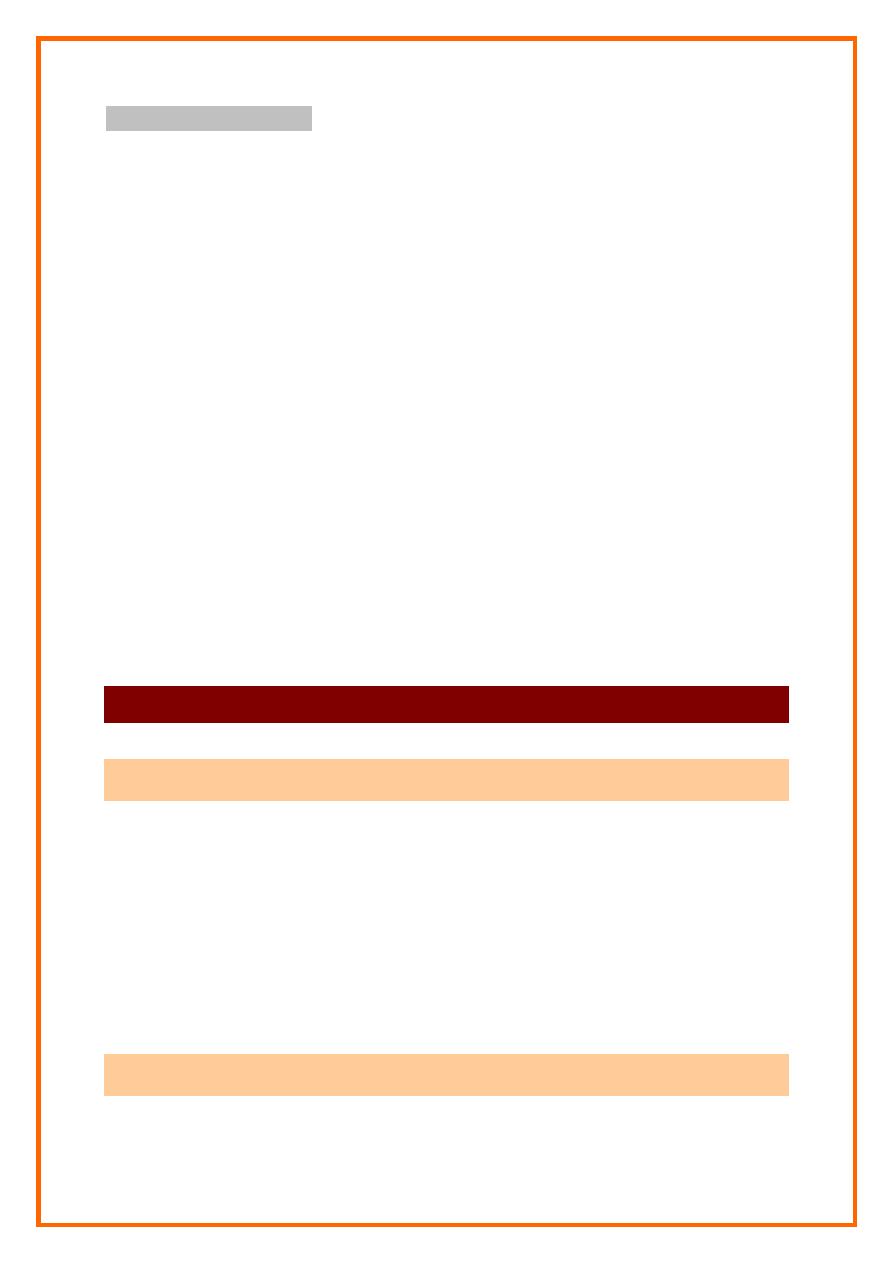
2
Stages of development:-
— Embryonic stage (prenatal period):- from conception to birth.
— Infancy stage: - from birth to the end of the 1
st
year.
— -Newborn period (from birth to 28 days of age).
— - Infancy period (from 28 days to 1 year of age).
— Early childhood: - from 1-6 years of age.
—
- Toddlers: - from 1-3 years of age.
— - Preschool: - from 3-6 years of age.
— Middle childhood (school age):- from 6-11 years of age.
— Adolescent stage: - 11-20 years of age.
- Early adolescent 11-14 years.
— - Middle adolescent 14-17 years.
— - Late adolescent 17-20 years.
— Adulthood stage: - from 20-60 years of age (20-40 young adult, 40-60
old adult).
— Elderly stage: - > 60 years.
Factors affecting growth and development
Prenatal :
Maternal illness , infection , or malnutrition .
Maternal exposure to toxins, teratogens, alcohol , illicit drugs , anticonvulsants ,
antineoplastics , or anticoagulants .
Decreased fetal movements
Intrauterine growth retardation
Family history of deafness , blindness , or mental retardation
Chromosomal abnormalities .
Perinatal :
Asphyxia : Apgar scores of 0 – 3 at 1
st
min .
Prematurely , low birthweight . Abnormal presentation .
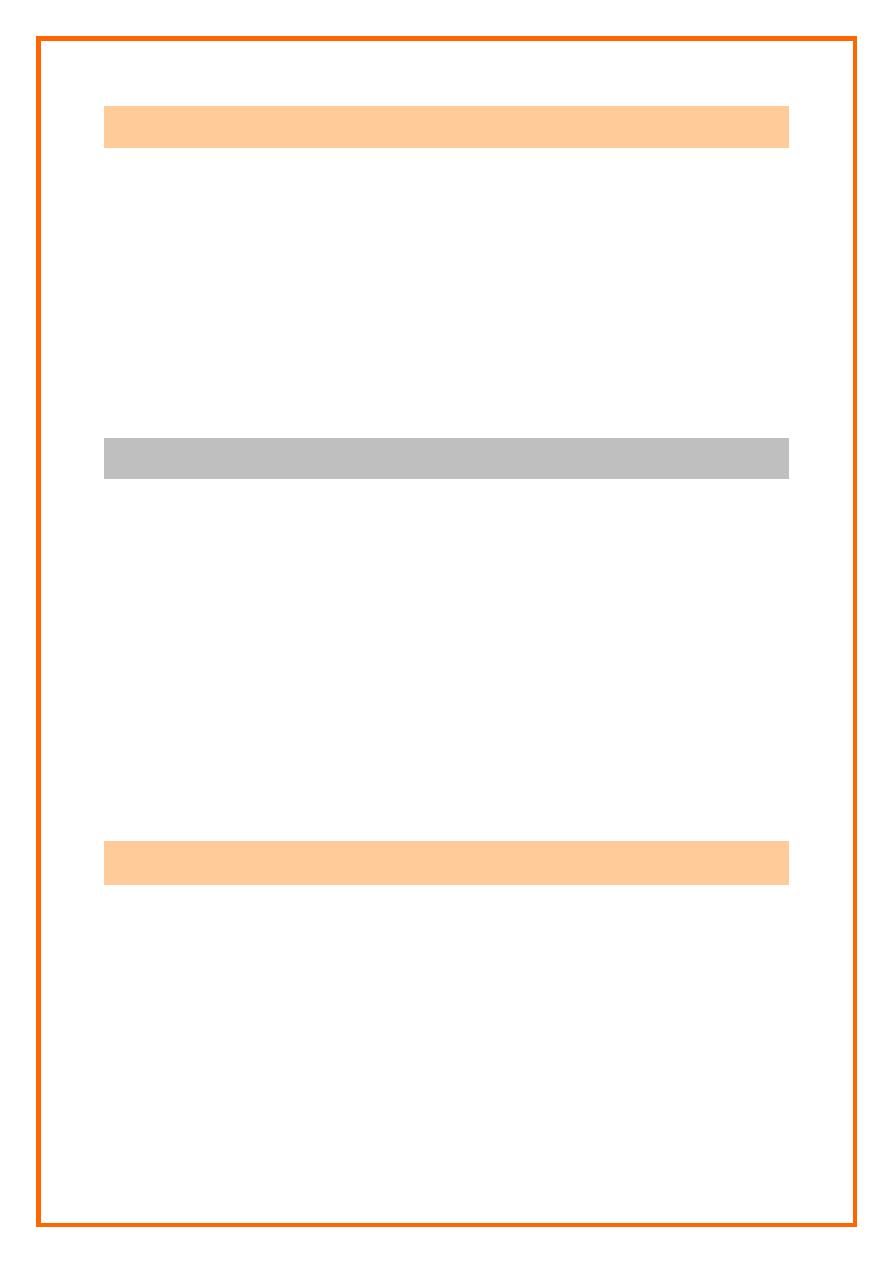
3
Postnatal :
Meningits , encephalitis
Seizure disorder
Hyperbilirubinemia : bilirubin > 25 mg / dL in full-term infant
Severe chronic illness
Child abuse and neglection
- Genetic
- Nutritional .
Principles of Growth & Development
• Continuous process
• Predictable Sequence
• Don’t progress at the same rate (↑ periods of growth rate in early
childhood and adolescents & ↓ periods of growth rate in middle
childhood)
• Not all body parts grow in the same rate at the same time.
• Each child grows in his/her own unique way.
• Each stage of growth and development is affected by the preceding types
of development.
Assessment of growth and development according to the age :
1. Infant : using measurement length , weight , head circumference .
Supplemented by : Observation of nutritional state dentition , size and
patency of fontanelles .
2. Older child : Measurements are : height , weight .
Supplemented by :
Measuring the length of the body segments such as :
Extremities span sitting height
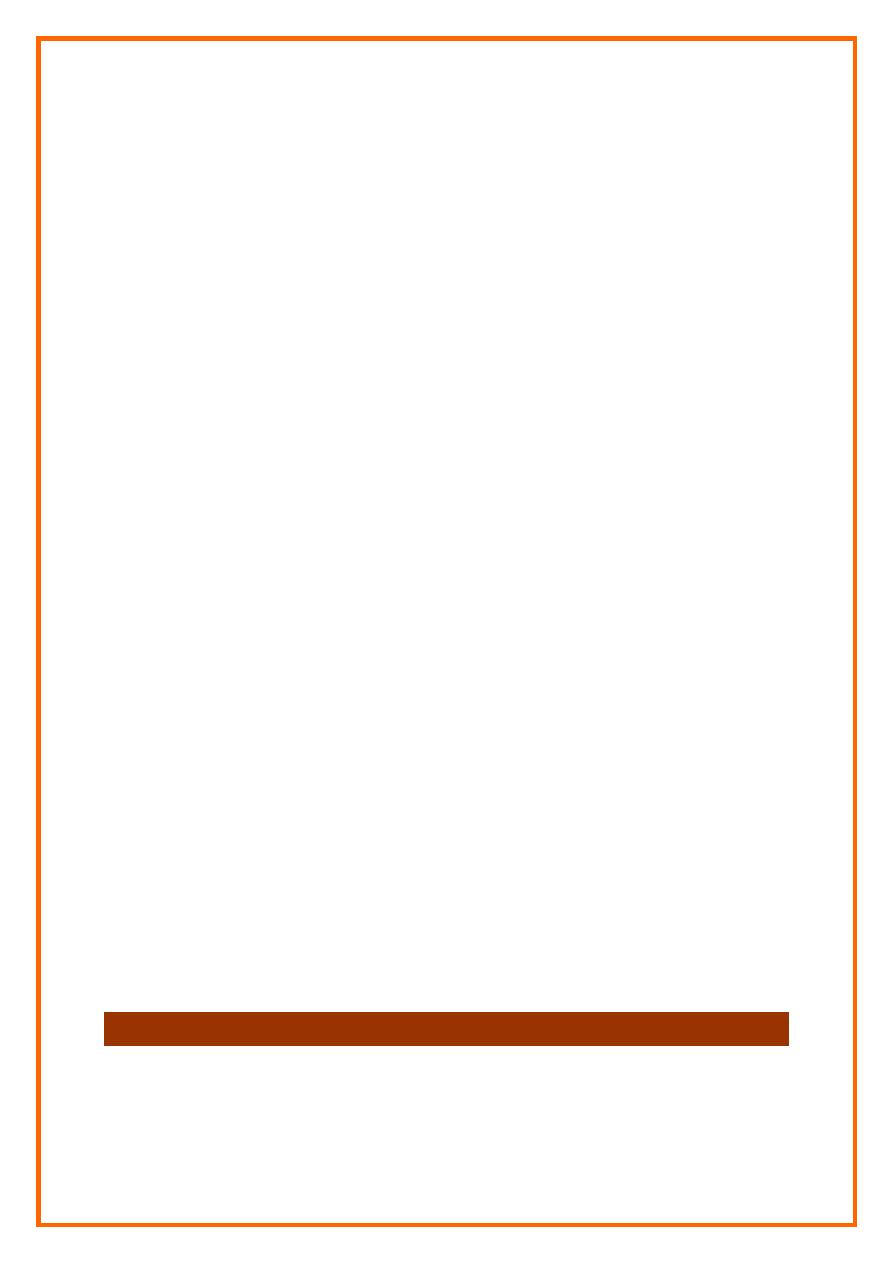
4
3. Adolescence :
( 11 – 20 years ) , in addition to height , weight there are :
a. Assessment of sex maturity rate ( SMR ) .
b. Height velocity and weight velocity .
c. Skin fold thickness .
d. Body fat content ( especially in female ) .
e. Arm and leg circumference may be useful in estimation of male
Mass .
A growth chart with predictable pattern or growth curves is used to plot and
monitor a child’s growth through the years. These growth chart allow for
comparison between children of the same age and sex, also allow for
comparison of the child’s current measurements with the child’ previous
measurements.
There are different types of growth charts (e.g. weight for age, height for age,
head circumference for age, skin fold measurement, and mid-arm
circumference). Each chart composed of 7 percentile curves representing
distribution of weight, height, and head circumference at each age.
The term Percentile indicates the percentage of children at a given age on X
axis whose measured value fall below the corresponding value on Y axis. 50th
percentile is the median of values above which and below which 50% of the
observed values fall, also is termed standard value.
Standard growth charts are used to determine if the child’s pattern is appropriate
or if for some reasons the child’s growth is above or below a standardized
normal range.
New born
Weight : average about 3.5 kg. (2.5kg-4.25 kg)
Length : average about 50 cm . ( 45 – 55 cm ) .
Head circumference : average about 35 cm . ( 33 – 37 cm ) .

5
The posture of the new born infant tends to be partial flexion.
The respiratory rate for adequate gas exchange , which is the priority at birth ,
ranges from 35 to 50 breaths / min. The normal heart rate ranges from 120 – 160
beats / min. Transient murmurs are common .
The first stool ( meconium ) are generally passed within 24 hr . on the 3
rd
– 4
th
day when milk feedings are established , a transitional greenish brown stools
that may contain milk curds occur. The typical brown stool occurs after a further
3– 4 days interval. Stools relate to the frequency and amount of feeding : usually
there are 3 – 5 stools / day by the end of the 1
st
wk. On a particular day in the 1
st
month, stools may range from 0 to 7 / day , particularly with breastfeeding .
The temperature of mother and infant are virtually the same at birth. The infant's
temperature usually falls transiently and is restored by 1– 8 hr. The caloric
requirement for normal temperature and activity is about 55 kcal / kg / 24 hr .
By the end of the 1
st
wk total caloric needs are 110 kcal / kg / 24 hr.
The extra-cellular fluid compartment constitutes 35% of the newborn's body
weight . During the first few days of life there is a loss of fluid that usually
averages 6 – 10 % of body weight . Excessive loss and poor intake may lead to
fever and dehydration . After the 1
st
week the newborn's oral water requirement
ranges between 120 and 150 mL/kg/24hr.
Glomerular filtration rate ( GFR ) and urine output are low during the first
days of life but increase rapidly in the first few weeks . During the 1
st
wk ,
proteinuria is common and the urine may contain urates , which may stain the
diaper pink.
The newborn infant's hemoglobin ( Hb ) ranges from 17 to 19 g/dL ( 30 % is
Hb A and the rest HbF ). Leukocytes are about 10.00 mm3 at birth and increase
during the first 24hr , with a relative neutrophilia. Counts of 25.00 – 35.00 may
occur . After the 1
st
wk , the total white blood cell count is usually below 14.000
and characterized by the relative lymphocytosis of infancy and early childhood .
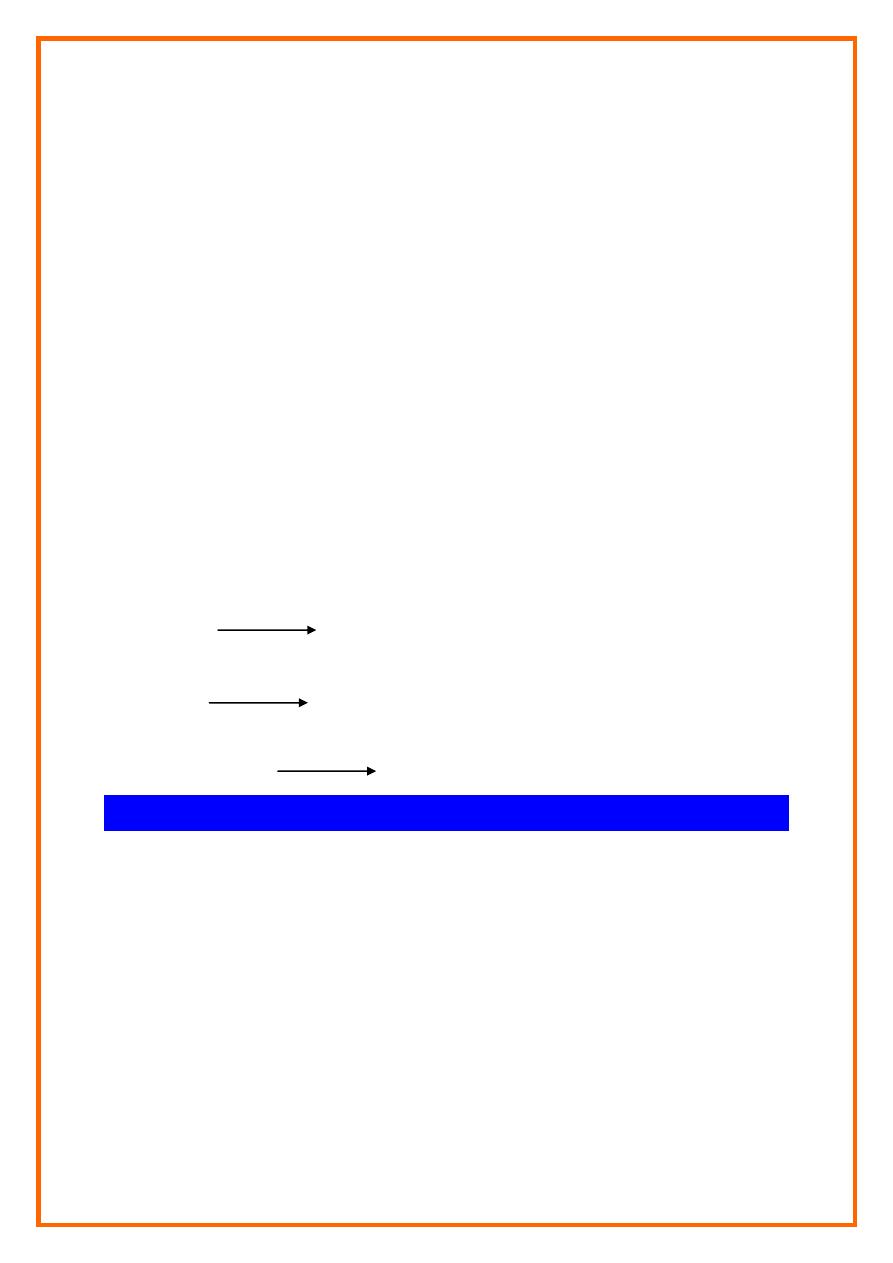
6
Establishment of normal hemostatic depends on acquisition of normal intestinal
flora and production of vitamin K .
Maternal hormones transferred by the placenta may produce transient
enlargement of the breasts and genital secretions .
The gamma globulin level (IgG ) of the newborn is similar to that of the mother
and protects against many viral and some bacterial infections . Maternal
immunoglobulins IgM, IgA, and IgE, however do not cross the placenta in
significant amounts. IgM may be formed by the fetus in response to in utero
infection.
The infant's IgG falls to a low level by about 3 mo as maternally transferred
antibody disappears . Subsequently IgG rises as the infant produces his or her
own immunoglobulins ; it is usually normal by about 6 mo .
Pattern of development
* Cephalic Caudal .
( reaching , grasping , transferring , manipulating ) .
* Proximal distal .
( use thumb to pork , explore objects )
Thumb opposition fine pincer grasp
Primitive reflexes
Present at birth , assess the functional integrity of the brain stem and basal
ganglia .
Any asymmetry or absence of primitive reflexes may indicate a
significant CNS abnormality and requires further evaluation .
Any delay in the expected disappearance of the reflexes may requires an
evaluation of the CNS .
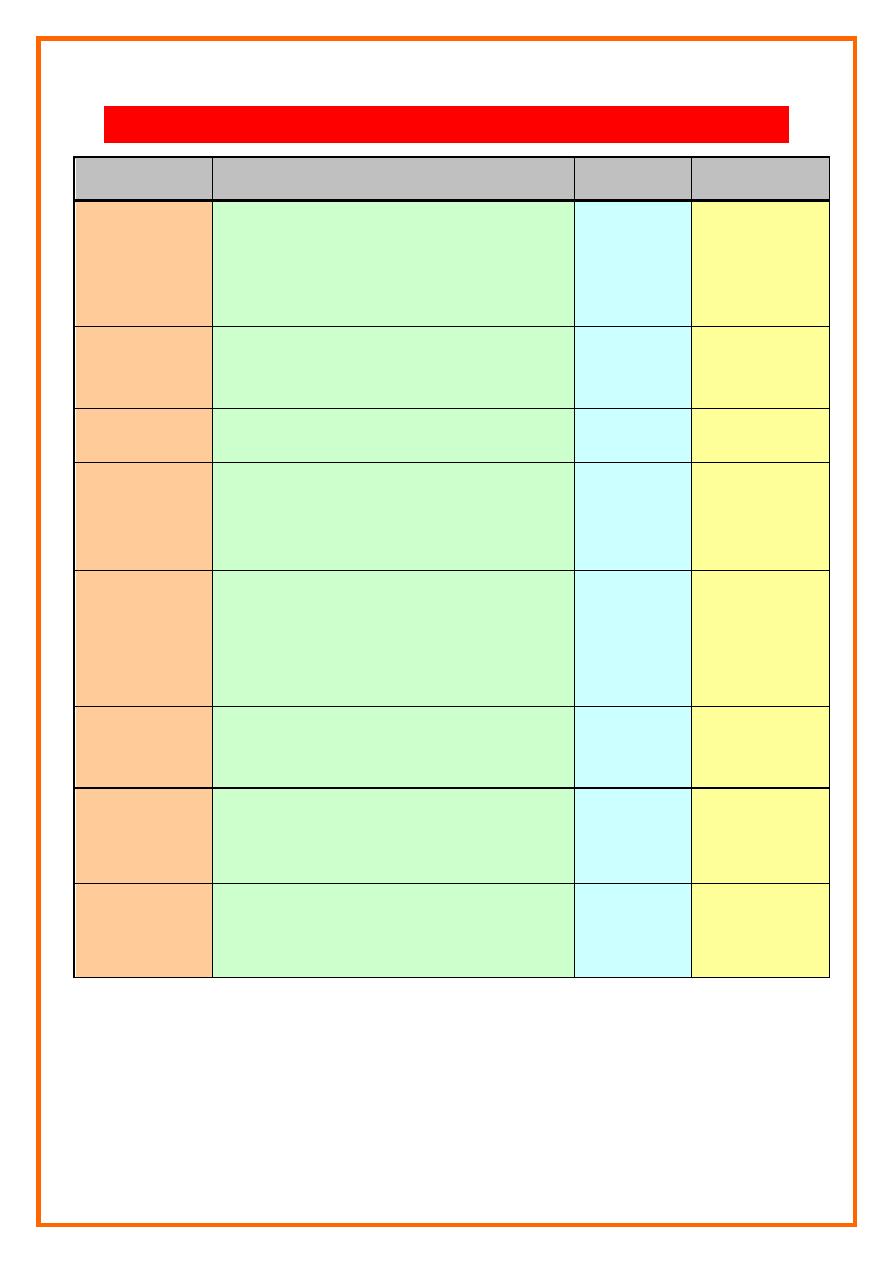
7
Primitive reflexes
Reflex
Description
Age of
appearance
Age of
disappearance
Moro
By allowing the infant , head gently to move
back suddenly . This results in abduction and
extention of the arms followed by adduction
and flextion of arms and legs .
Birth
4 – 6 mo
Rooting reflex
Tactile stimulus the corner of the infant mouth ,
resulting in infant mouth turn toward the
stimulus .
Birth
4 – 6 m
Sucking reflex
Any object placed in the newborn mouth . The
infant responds with vigorous sucking
Birth
4 – 6
Grasp
Occur when placing an object , such as a
finger , onto the infants palm ( palmar grasp )
or sole ( plantar grasp ) . The infant responds
by flexing fingers or the toes .
Birth
Palmar grasp 3 –
4 mo, plantar
grasp 6 – 8 m
Asymmetric
tonic neck reflex
By placing the infant supine and turning the
head to side . This results in ipsilateral
extension of the arm and leg into a ( fencing )
position .
The contra lateral side flexes as well
Birth
4 – 6 m
Trunk
incurvation
Stroking the skin along the edge of the
vertebrae produces curvature of the spine with
the apex opposite to the direction of the stroke .
Birth
4 – 6 Mo
Placing
Infant places foot on examining surface when
dorsum of foot is brought into contact with the
edge of the surface .
Birth
4 – 6 mo
Parachute
With the infant sitting , tilting to either side
results in extension of the ipsilateral arm in a
protective fashion .
6 – 8 Mo
Never
(There is other primitive reflexes not mentioned her)
